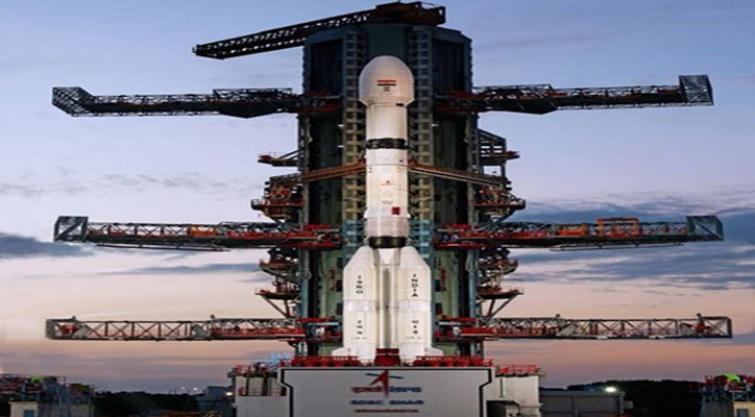By FnF Correspondent | PUBLISHED: 30, Jul 2025, 18:41 pm IST | UPDATED: 30, Jul 2025, 19:01 pm IST
 New Delhi:Aimed at boosting ties between India and the United States on space exploration, the Indian Space Research Organisation (ISRO) on Wednesday launched an earth observation satellite jointly developed by ISRO and NASA. The launch took place at 5:40 PM IST. The NISAR satellite, a combination of human skills and a decade-long exchange of software and hardware between the two space agencies, aims to study Earth as a whole from a Sun-synchronous Orbit.
New Delhi:Aimed at boosting ties between India and the United States on space exploration, the Indian Space Research Organisation (ISRO) on Wednesday launched an earth observation satellite jointly developed by ISRO and NASA. The launch took place at 5:40 PM IST. The NISAR satellite, a combination of human skills and a decade-long exchange of software and hardware between the two space agencies, aims to study Earth as a whole from a Sun-synchronous Orbit.
The countdown for the launch began at 2:10 PM on July 29, ISRO stated. The mission was classified into launch, deployment, commissioning, and science phases. After 20 minutes of launch, ISRO confirmed the flawless execution of each stage, and the satellite was successfully delivered to orbit at 5:59 PM.
While the partnership between ISRO and NASA is a first of its kind, it also marks the first time a GSLV rocket has carried a payload destined for a Sun-synchronous Polar Orbit (SSPO), unlike Polar Satellite Launch Vehicles.
The Bengaluru-headquartered ISRO has sent similar missions in the past (Resourcesat, RISAT) to study Earth, but these were "operationally focused" on Indian territory. The NISAR mission, however, is designed to study Earth globally and will provide information to the international scientific community, ISRO said.
The satellite will be capable of studying seasonal changes in forest dynamics, mountain shifts, and glacier movements in the Himalayas, Antarctica, and the North and South Poles. NISAR mission's primary objectives are to study land and ice deformation, land ecosystems, and oceanic regions of common interest to the United States and Indian science communities.
ISRO stated that the complex payloads and mainframe systems for the mission were designed, developed, and realised over a period of 8 to 10 years. Scientists from both space agencies were involved in extensive collaborations. The NISAR satellite carries dual frequency — two L-Band provided by NASA and S-Band provided by ISRO — for the Synthetic Aperture Radar (SAR), enabling the collection of a vast amount of data.
The S-Band SAR and L-Band SAR were independently developed, integrated, and tested at ISRO and the Jet Propulsion Laboratory, NASA, United States, respectively, ISRO said. After reaching its initial orbital conditions on Wednesday, scientists will engage in 'commissioning' the satellite. The first 90 days after launch will be dedicated to commissioning, or performing an In-Orbit Checkout, with the objective of preparing the observatory for science operations, ISRO said.
The dual-band Synthetic Aperture Radar employs an advanced, SweepSAR technique, which provides high resolution and large swath imagery. NISAR will image the global land and ice-covered surfaces, including islands, sea-ice, and oceans, every 12 days.
The spacecraft and the launch system were developed by ISRO, while the L-band Radar system, high-speed downlink system, and GPS receiver were delivered by NASA. ISRO is responsible for the satellite and commanding operations, while NASA will provide the orbit maneuver and RADAR operations plan.
The NISAR mission will be aided by ground station support from both space agencies for downloading acquired images. These images, after necessary processing, will be disseminated to the user community. GSLV-F16 is the 18th flight of the Geosynchronous Satellite Launch Vehicle and the 12th with an indigenous cryogenic stage. It is also the 102nd launch from Sriharikota. The life of the NISAR Mission is 5 years, ISRO said.

by : Priti Prakash
This week has thrown up a firestorm of global developments. Let's dive into the top 5 internati...